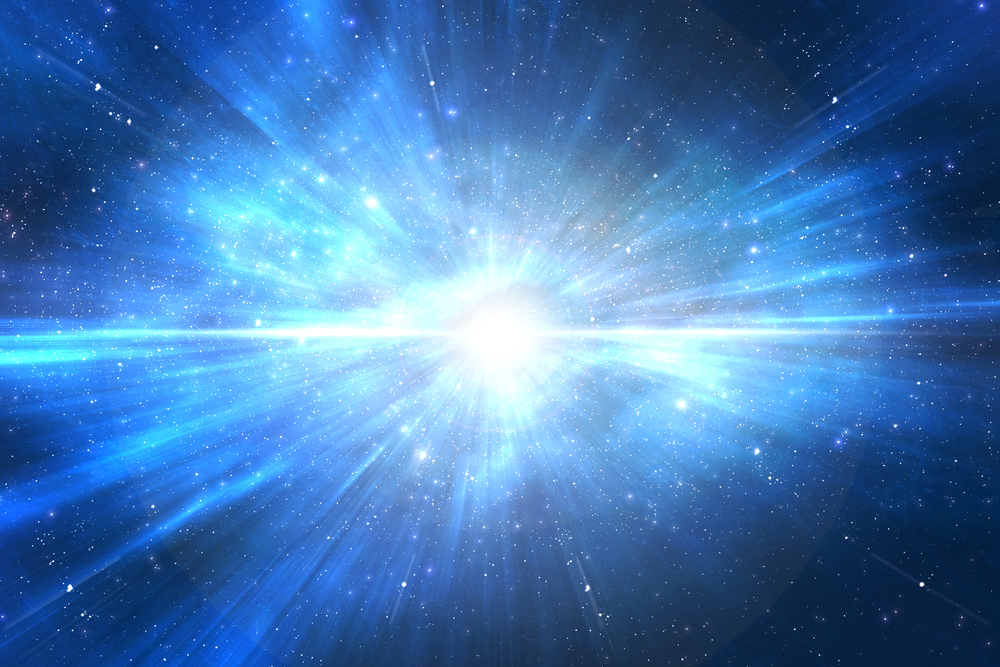
Firstly big bang starts from nothing, no space, no material except for a singularity. Something smaller than a virus creates its own invisible spot to begin with and then creates the whole universe we see today including all the space. This idea is obviously untenable from the start but let us examine the further consequences of this beginning.
Next it was realised that the skies we see are not as evenly balanced as is expected of such a beginning. One expects a mostly symmetrical outlook but instead we see galaxies and galaxy clusters in one area and voids elsewhere where you would expect galaxies or clusters to match up. Professor Alan Guth cleverly devised a mathematical arrangement that showed how if it were to happen a very short time after the start could satisfactorily give an explanation. This is called expansion. Lasting for a very short time indeed it is a standard part of the theory. Since then expansion of space has continued at a slower pace than before. Expanded into what? Or Where? You may ask! There are more anomalies for instance there is no expansion within galaxies even though they are hundreds of light years across. Nor is there expansion locally to the milky way. Andromeda is moving towards us. At great astronomical distances the expansion is faster and faster. There is no explanation for this. Dark forces or matter or energy are suggested but there is no evidence.
New gravity has different ideas. Newton’s gravity is considered to be an attraction between masses. Since Cavendish’s famous experiment where well respected observers noted that even when all other possible movers or reasons were rigorously excluded in the experiment two lead weights were moved towards each other. They concluded that there must be an attraction between the two. A reasonable assumption in those days. However, we now know that the make up of material is over ninety nine percent empty space even in lead. As a more likely explanation, we suggest that each particle of the two masses exerts its pull on space and so has an indirect action on the space of the two weights. Mass is not the objective of the pull of gravity but is a fellow traveller.
We suggest that the universe has always existed to the same extent that we know today. Can you imagine an edge to the Universe? The universe was entirely empty space but , some at least of this space was moving. It could be that space is unstable. However this means vast amounts of space in random motion could collide and one way and another create spin. Spinning space is now an entity conserved forever by spin. Free of friction trillions of such particles are produced all over the existing Universe. In spinning they are all pulling space towards them and this is Newton’s gravity with a non spooky but clear mechanical explanation, New Gravity.
We consider that the red shift of light from very distant objects is an example of the pull of gravity on space and then light is altered in frequency.
There is no red shift from “local’ objects or galaxies because gravity, the weakest force in existence has not had sufficient time in these shorter distances to cause an effect in the light. The standard theory has no decent explanation as to why there is no local red shift. In the case of more distant objects of course New Gravity has the perfect answer, gravity gains power by addition. The further away, the greater the red shift. This, without imagined dark matter, dark forces or dark energy for which there is no evidence.
The Universe is not expanding it is a misreading of the red shift of light,.
Gravity should be considered as permanent streams of space pulled towards each particle, forever.